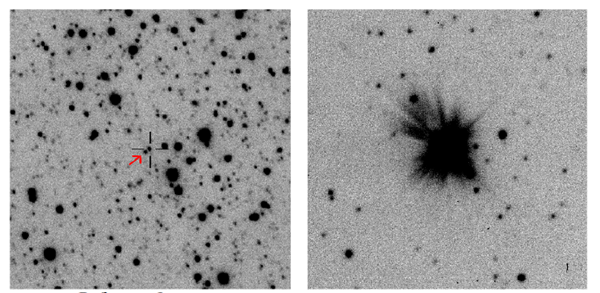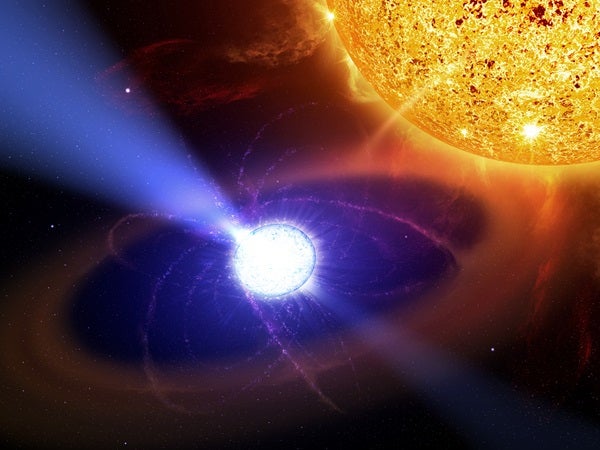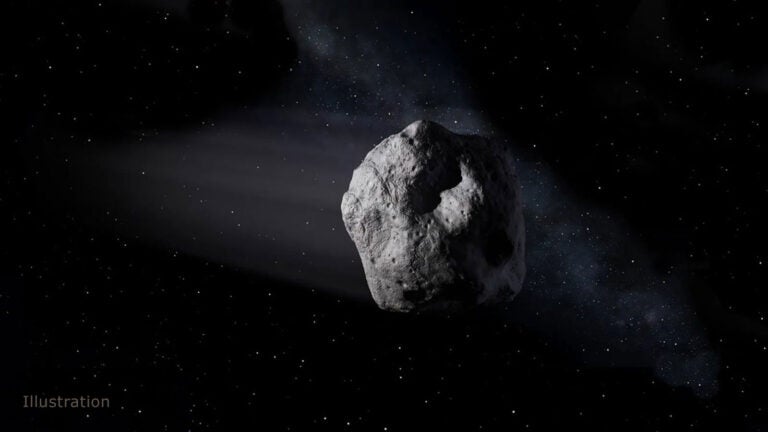The new “star” (or, in truth, the recent flare-up of a long-dead star) occurred in the Small Magellanic Cloud (SMC), a dwarf galaxy gravitationally bound to our larger Milky Way. The SMC lies 200,000 light-years away and is visible from the Southern Hemisphere. Ground-based telescopes including instruments at the South African Astronomical Observatory, the Las Cumbres Observatory, the Las Campanas Observatory, and the Cerro Tololo Inter-American Observatory caught the event in conjunction with NASA’s orbiting Swift Gamma-Ray Burst Mission. SMCN 2016-10a, the nova’s designation, was spotted in October 2016. A paper aptly titled “Multiwavelength observations of nova SMCN 2016-10a – Probably the brightest nova in the SMC and one of the brightest on record,” has been accepted for publication in Monthly Notices of the Royal Astronomical Society. First author Elias Aydi is jointly affiliated with the South African Astronomical Observatory and the University of Cape Town.
The work outlines comprehensive observations of the nova — as advertised, the brightest ever seen in the SMC or any other galaxy not the Milky Way — from multiple observatories using numerous instruments. The data, which includes details on the white dwarf’s composition, temperature, magnetic field, and brightness over time, gives astronomers a treasure trove of data to work with. “The present observations provide the kind of coverage in time and spectral color that is needed to make progress for gaining understanding of a nova in a neighboring galaxy,” said Paul Kuin of the Mullard Space Science Laboratory, University College London, a collaborator on the work, in a press release. “Observing the nova in different wavelengths using world-class telescopes such as Swift and the Southern African Large Telescope help us reveal the condition of matter in nova ejecta as if it were nearby.”
Despite its distance, the nova’s brightness makes it a valuable contributor to astronomers’ efforts to understand such events, including how and why they occur. Not all novae are the same — some flare quickly, others more slowly. Some novae repeat fairly regularly, while others have not been seen to reoccur (within record, at least). Understanding the physics behind these events will let astronomers delve deeper into the workings of stars and their life cycles. Given that this white dwarf also seems poised to someday go supernova, it’s providing astronomers with a unique view of the events that may lead up to a white dwarf’s ultimate demise.











